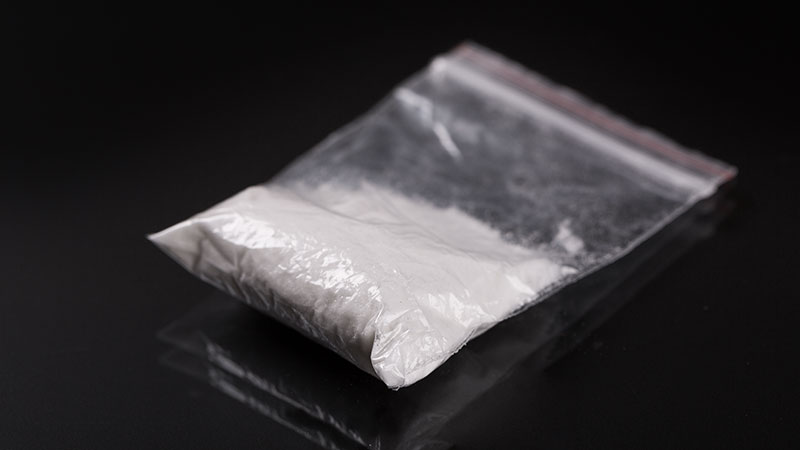When all is said and done, cocaine detox can last anywhere from around 10 days to several weeks. Some users may also experience an additional stage of withdrawal known as PAWS that can last for years.
Given that this drug tends to move through the body quite quickly, cocaine’s withdrawal timeline can end up starting sooner compared to other substances of abuse.
In fact, symptoms of withdrawal can appear as soon as 90 minutes after the last use. Patients going through detox at this time will usually begin feeling intense cravings that can be unbearable for some.
After a few hours, other more serious symptoms will appear. Depression, anxiety, paranoia, and more will all make their way through a detoxing coke user over the course of the next 3 to 7 days. This is what’s known as the acute stage.
After the acute stage has passed, some cocaine users will also experience mental confusion, exhaustion, a lack of motivation, and more for several weeks after. This is considered the protracted withdrawal stage.
Some recovering users may also experience what’s known as Post-Acute Withdrawal Syndrome, also known as PAWS. This condition is marked by especially long-term symptoms of withdrawals that can affect an individual for months or even years after their last cocaine use.
Some of the symptoms of PAWS include:
- Lack of emotional control (either an overreaction or no reaction)
- Irritability
- Depressed mood
- Anxiety and/or panic
- Insomnia
- Increased levels of stress
- Increased sensitivity to stress
- Increased social anxiety
- Low enthusiasm and energy
- Lack of concentration
Working with an addiction professional can help reduce the likelihood of PAWS and make it far more manageable should it occur.


